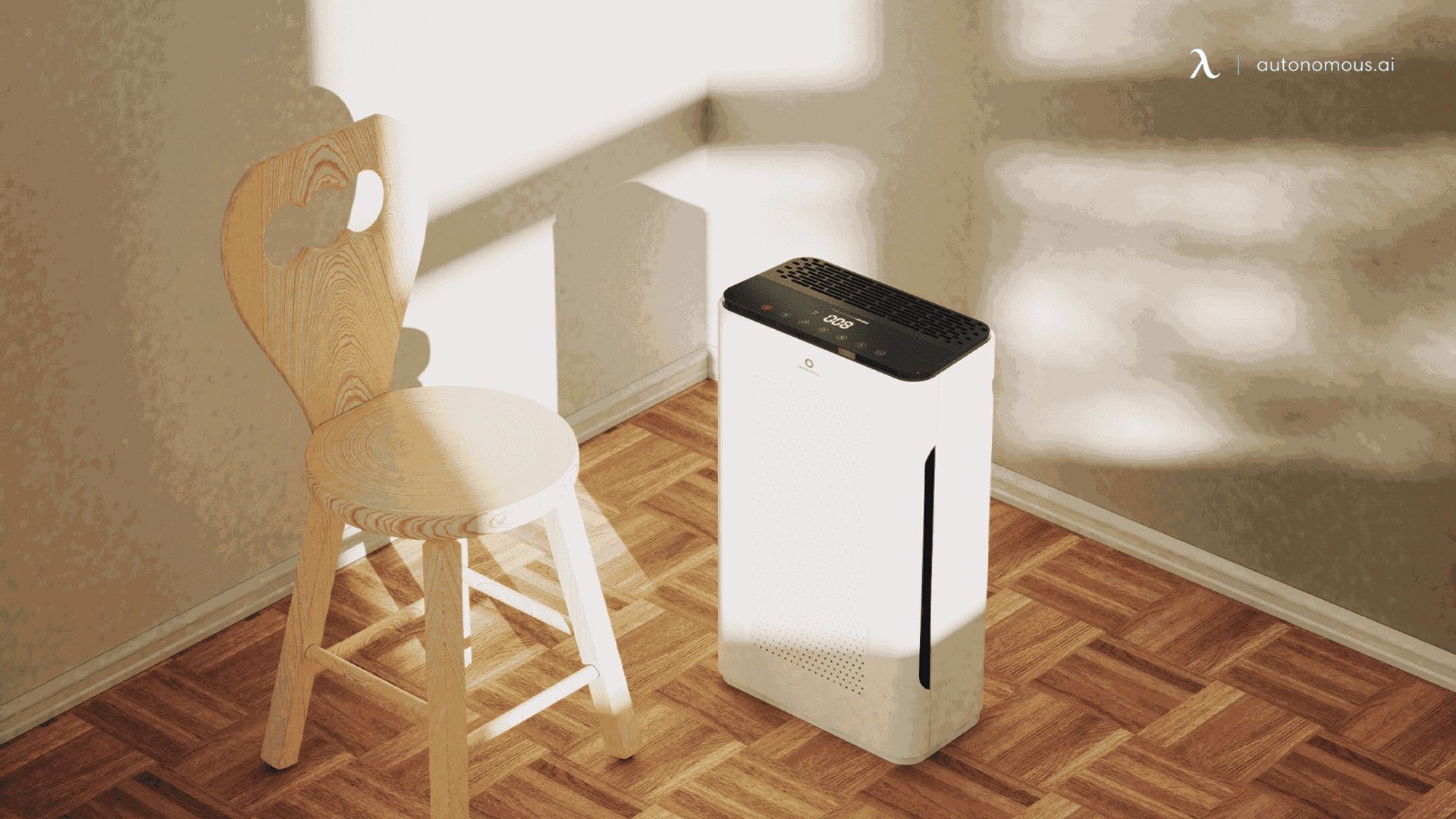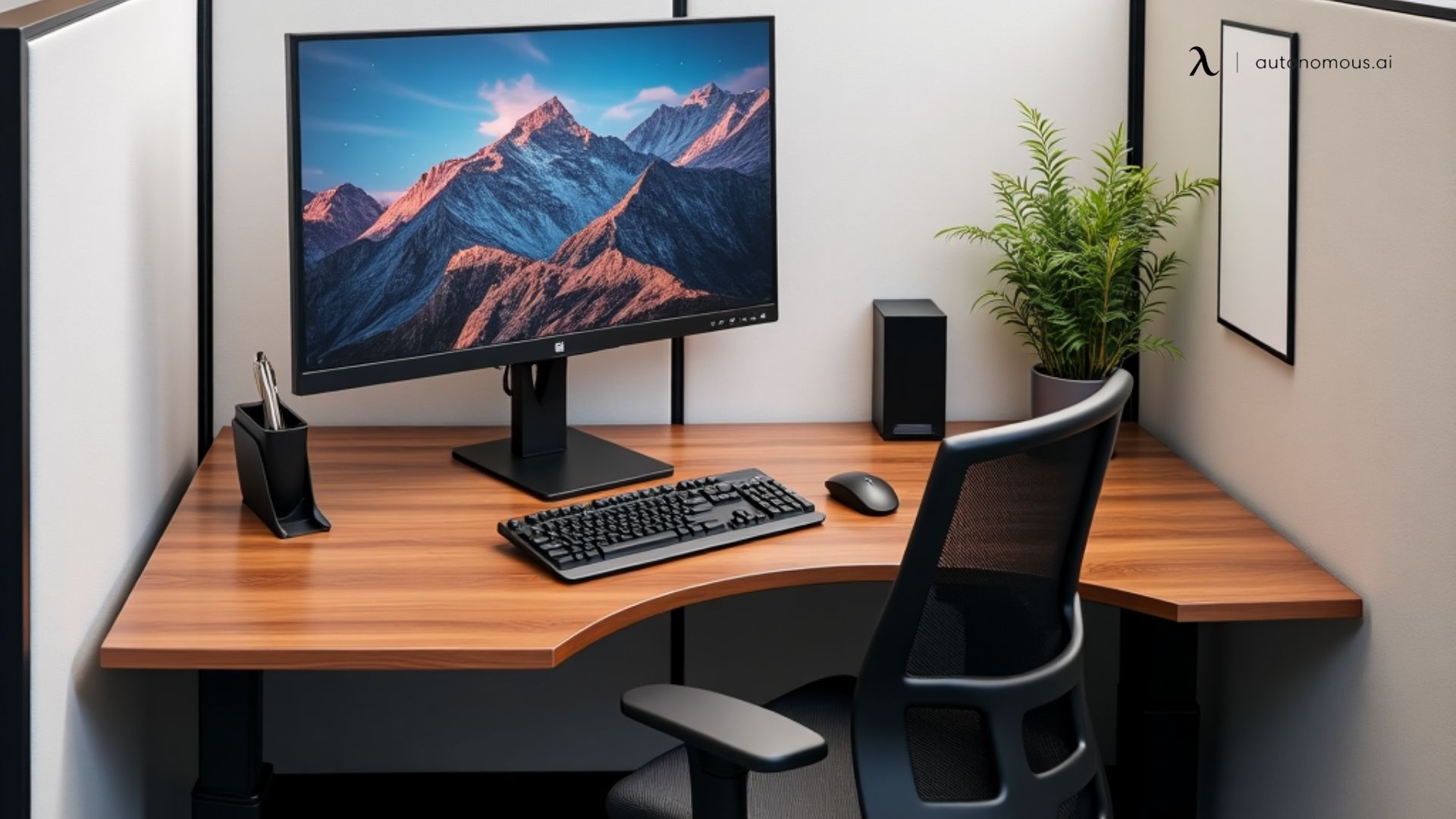- Newest
- Most viewed
Stay connected with us!

New ADU Laws in California 2025
New ADU laws in California for 2025 make it easier to build, legalize, and expand ADUs. Learn what the new California ADU laws mean for homeowners and investors.
Workplace Inspiration | Feb 7, 2025 855 views

Best Coworking Spaces in Washington, DC
Remote Working | Feb 6, 2025 455 views

The Ultimate Guide to Spring Office Outfit
Latest Updates | Feb 4, 2025 283 views

AI Art Showdown: Midjourney vs. DALL-E
Latest Updates | Feb 3, 2025 509 views

Solar Shed Dehumidifiers: How to Keep Your Shed Dry and Mold-Free
Workplace Inspiration | Feb 5, 2025 771 views

Office Cubicle Etiquette: Do’s and Don'ts
Productivity | Feb 4, 2025 329 views

How to Build a PC for Video Editing?
Workplace Inspiration | Feb 4, 2025 758 views

The Ultimate Guide to Office Cubicle Installation
Workplace Inspiration | Feb 3, 2025 748 views

Creative Office Cubicle Birthday Decorations to Make Your Coworker's Day
Workplace Inspiration | Jan 26, 2025 384 views

Best Coworking Spaces in Atlanta, GA
Remote Working | Feb 4, 2025 813 views

How to Build a PC for Music Production and Create a Productive Setup
Smart Products | Feb 3, 2025 1,031 views

Stylish Prefab ADUs with Lofts for Compact Spaces
Workplace Inspiration | Jan 27, 2025 1,023 views
